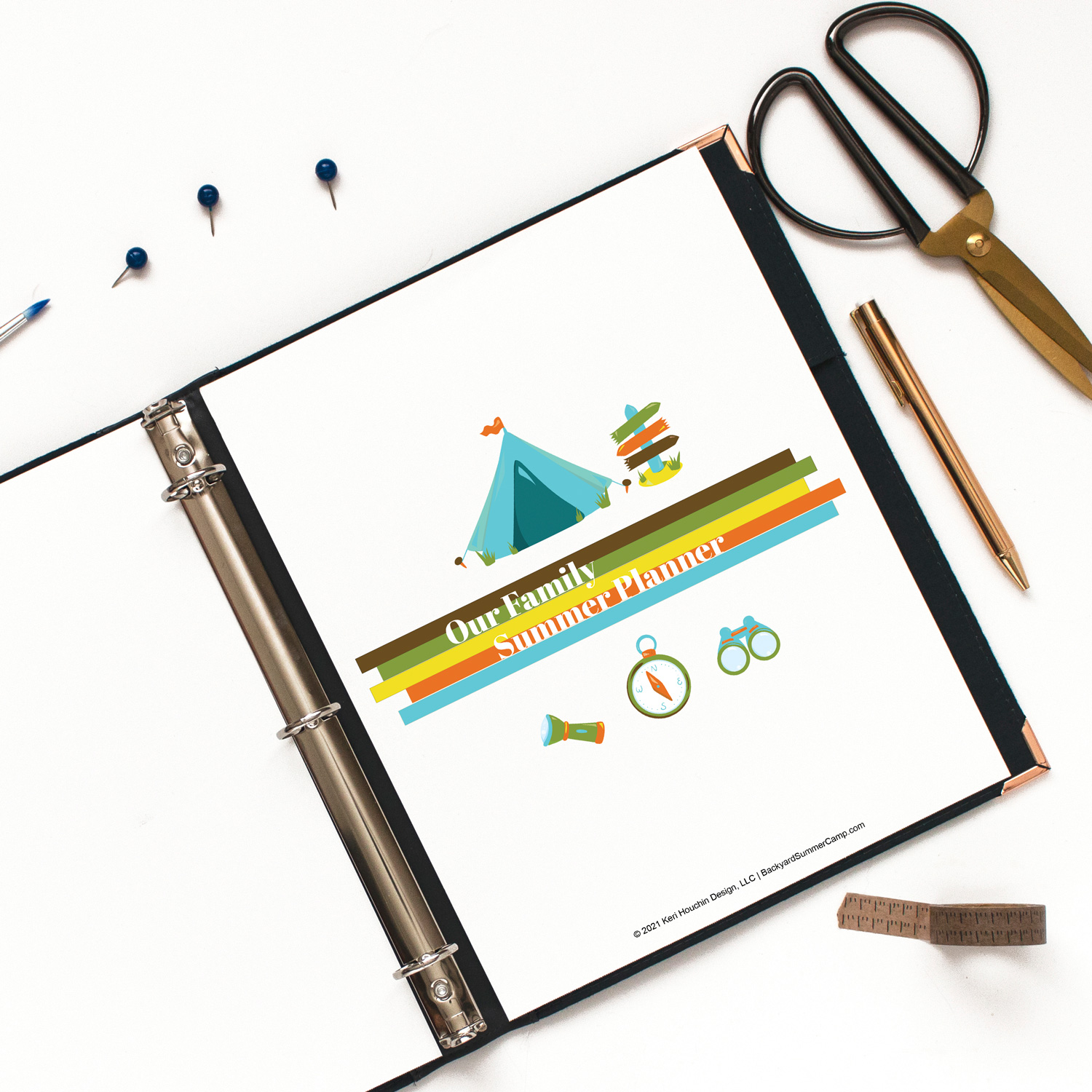Bird watching with kids is a fun and easy activity to do indoors or outside. You can watch almost anywhere and it doesn’t cost a thing.

Disclosure: As an Amazon Associate and member of other affiliate programs we earn from qualifying purchases. Read more.
A version of this post was originally published on One Mama’s Daily Drama in 2016.
Bird watching is an activity that your family can do year-round, but it’s even more fun in the warm months when birds are more active. It’s a bit like a game of “I Spy” and your kids will the thrilled to discover how many they can see.
There’s a lot going on right outside your own backdoor or window. It’s easy to start bird watching with kids and a great way to practice a few skills like patience, observation, and even math.
Young children can count the number of birds, compare sizes, and identify colors. For older kids, turn it into an educational activity to study the lifecycle of birds, animal migration, or your local nature.
Become a Happy Camper!
Sign up to receive our monthly email newsletter
and get a free printable 30 Day Reading Calendar!
How to start bird watching
Bird watching is a fun activity for kids and adults of all ages. It’s easy to do alone or with a group of any size.
Supplies
You don’t need special supplies to start bird watching, just your eyes and a lot of patience. These items can come in handy, though.
- binoculars
- birding guides
- bird books
- camera (Your phone is fine.)
- journal/notebook and pen
- sketchbook and pencils
Tips
1. Read about birds
Pick up a birding guide from your library or from Amazon.com. We like the Falcon Field Guide series and there is a book for each state. It’s fun to be able to identify the birds that live nearby year-round and those that migrate through at certain times of the year.
2. Print a bird list
Find a visual guide to common birds in your area that you can print. This is a handy way for young children and preschoolers who aren’t reading to identify birds. There are lots of birds that are common throughout the US that you can probably see where you live.
3. Download a birding app
If you don’t mind adding a bit of technology to your bird-watching adventure, download an app to help you identify birds. Many not only have images and details about the birds but also include recordings of their songs. Audubon has a free one.

4. Start early in the day
In the summertime especially, birds are most active in the morning. You likely hear birds singing with the sunrise and of course, the early bird gets the worm. The best time to look for birds is between sunrise and 11 a.m.
5. Take notes
Make a list of new bird species that you identify with a simple notepad and pencil. We started by keeping a legal pad by the back door to take outside when we’re actively watching. You might also like this pretty printable bird journal.
You could also keep track of when you see each species, whether you can identify males and females, and what they’re doing when you see them. Do they fly in large groups? Is one always at your birdbath?
6. Make bird art
Have kids draw pictures of the birds they see and add color with pencils or crayons. This is a fun way to create a visual bird journal. If your child discovers a favorite bird, look for crafts and other activities that include that species.

7. Try binoculars
It’s not essential, but binoculars will help you watch and identify birds from farther away. Young kids may find binoculars difficult to use, but there is plenty to see without them too.
Kids enjoy getting a closeup look at the top of trees, a nest, or anything you can’t really get close to. It can be tempting to want to get close to birds, especially those that are more friendly. However, it’s important to remind children that birds are wild animals and shouldn’t be touched or chased.
8. Create a bird home
Once you’ve seen a few bird species regularly, find out what they like. A birdbath and feeder were a great addition to our backyard. If you live in an area where hummingbirds visit, plant a few flowers that will attract them. Nesting birds may enjoy a birdhouse.
Keep in mind that a bird feeder full of nuts or seeds may attract other animals, such as squirrels or mice. (And predators that hunt birds!)
9. Go on a nature walk
Plan a family nature walk around your neighborhood or a nearby park. If you like in a city or suburban neighborhood, get just a bit away from the cars and city noises. You’ll probably be able to see more birds in their natural habitat.

10. Make it fun
Bird watching might be a serious activity for adults, but it should be a fun adventure for kids! Birds are pretty fascinating creatures. Don’t worry too much about finding or identifying birds and focus on the joy of something new.
You can start bird watching today! Take a break and sit at a window to see what you can discover in just a few minutes.
Plan your summer with the DIY Summer Camp Planner!

Our step-by-step guide will help you organize a day, a week, or a whole summer of fun activities for your kids.

